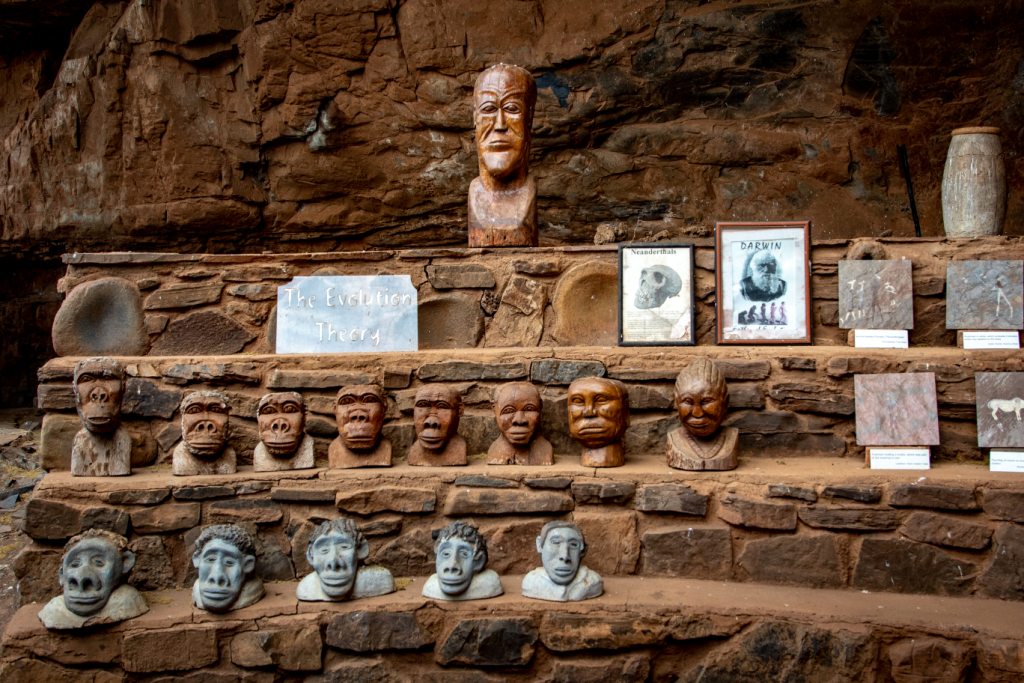Even though we are getting more and more advanced as a society every day, there has remained a sense of curiosity and fascination about our potential origins. If you ever dug up a little about the history of human life on earth, then you would probably know that there were six other species apart from Homo sapiens (human beings) that populated the world at some point during the history. There have been many unsuccessful attempts to figure out where did these species go, but the traces of their existence have proved that this theory of 7 main species isn’t a hoax. Now, as per the general information, these species lived across separate regions, therefore implying little or no interaction used to happen between them, at least initially. However, once these species started moving around the world, interactions took place and interbreeding happened. As a result of it, the modern civilization does carry some percentage of genes that hail from species other than Homo sapiens, with Neanderthal being the most dominant of all. If scientists’ claims are to be believed, there is still a 40% of Neanderthal genome present in the current world, though as it is spread across a big spectrum, the individual impact of it is relatively mild. This adaptive introgression happened centuries ago, but till date we carry the resulted mutations of it. To discover what these mutations are exactly, researchers from GLOBE Institute of Copenhagen University have come up with a method. This method is structured within the deep learning framework of convolutional neural network, a system more commonly used for image and video recognition. While talking about this system, GLOBE Institute Associate Professor and the corresponding author of this study, Fernando Racimo revealed:
“Our method is highly accurate and outcompetes previous approaches in power. We applied it to various human genomic datasets and found several candidate beneficial gene variants that were introduced into the human gene pool,”
So far, it’s understood that a large part of these genes could be observed pulling the strings for human metabolism and immunity. The next step that will prove to be a definitive one for this study is adapting to complex demographic and selection scenarios to better grasp the current state of Neanderthal genetic material.
Figuring Out the Origins of Our Present



















